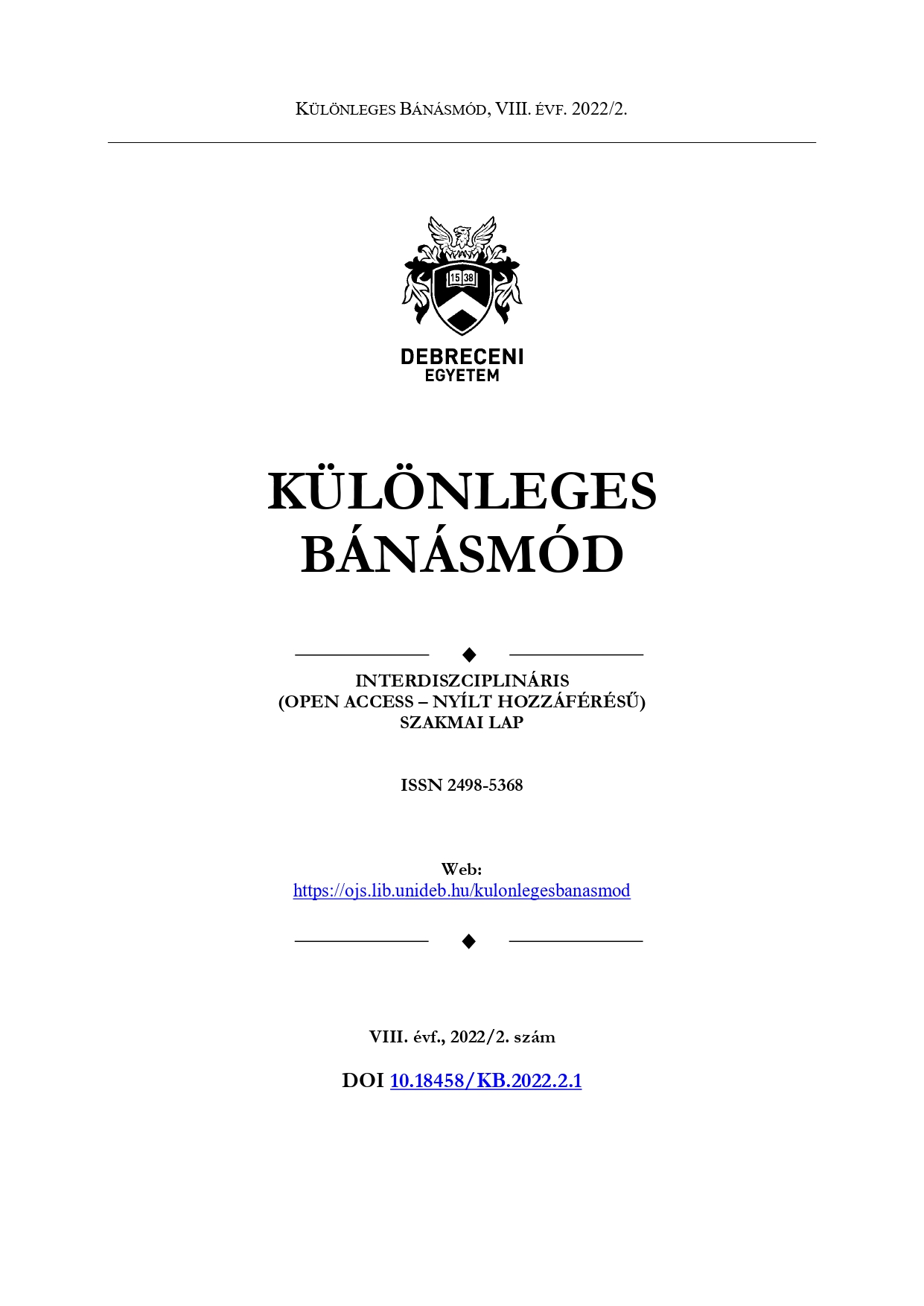A HAZAI STEM KÉPZÉSEK REKRUTÁCIÓS JELLEMZŐI ÉS A FELVETTEK AKADÉMIAI FELKÉSZÜLTSÉGE
Szerző
Megtekintés
Kulcsszavak
Licenc
Copyright (c) 2022 Alter Emese

This work is licensed under a Creative Commons Attribution-NonCommercial-NoDerivatives 4.0 International License.
Hogyan hivatkozzuk
Absztrakt
Bár a STEM (természettudományos, technológiai, mérnöki, matematikai képzésben részvevő) hallgatók lemorzsolódását, munkaerő-piaci kilátásait és a szakok elférfiasodását számos hazai és nemzetközi kutatás vizsgálta már, a STEM képzésekre felvételt nyert hallgatók szocio-demográfiai jellemzőivel és akadémiai felkészültségével kapcsolatban nemzetközi szinten is kevés szakirodalom áll rendelkezésre. Kutatásunk során az informatikai, műszaki és természettudományos szakok hallgatóit hasonlítottuk össze a nem-STEM szakos hallgatókkal az állandó lakhely településtípusa, a középiskolai osztályuk típusa, a hátrányos helyzetűek aránya, valamint a tanulmányi teljesítményért kapott többletpontok és felvételi összpontszám tekintetében. A STEM szakra való bekerülést magyarázó változókat bináris logisztikus regresszióval vizsgáltuk. Kutatásunk során 2017-es felvételi adatbázisból dolgoztunk, s kizárólag a nappali tagozatos munkarendű alap- és osztatlan képzésre bekerült hallgatók adatait elemeztük (N = 41324 fő). Eredményeink szerint a STEM hallgatók sem a szocio-demográfiai háttér, sem az akadémiai felkészültség tekintetében nem tekinthetők egyértelműen hátrányos helyzetű csoportnak a nem-STEM szakra felvettekhez képest. A létrehozott regressziós modell alapján elmondható, hogy a STEM képzésre való bejutás legjelentősebb prediktorai a nem (férfi), valamint a nyelvvizsgával és OKJ végzettséggel való rendelkezés. Kutatásunk fő kérdései arra vonatkoztak, hogy indokolhatja-e a STEM hallgatók alacsony státusa és hiányos akadémiai felkészültsége az ezeken a területeken megfigyelt kimagasló lemorzsolódási arányokat. Eredményeink alapján azonban ez nem jelenthető ki, így feltételezhetjük, hogy elsősorban intézményi tényezők (hűvös intézményi klíma, szelektív oktatói szemlélet, magas elvárások) állhatnak a lemorzsolódás mögött.


 https://doi.org/10.18458/KB.2022.2.73
https://doi.org/10.18458/KB.2022.2.73